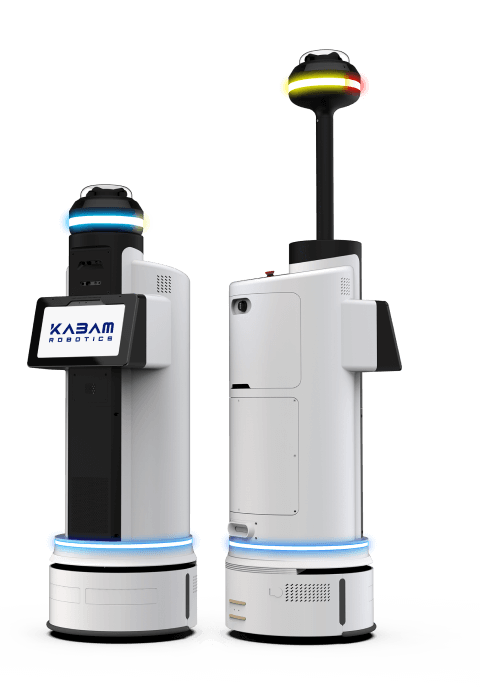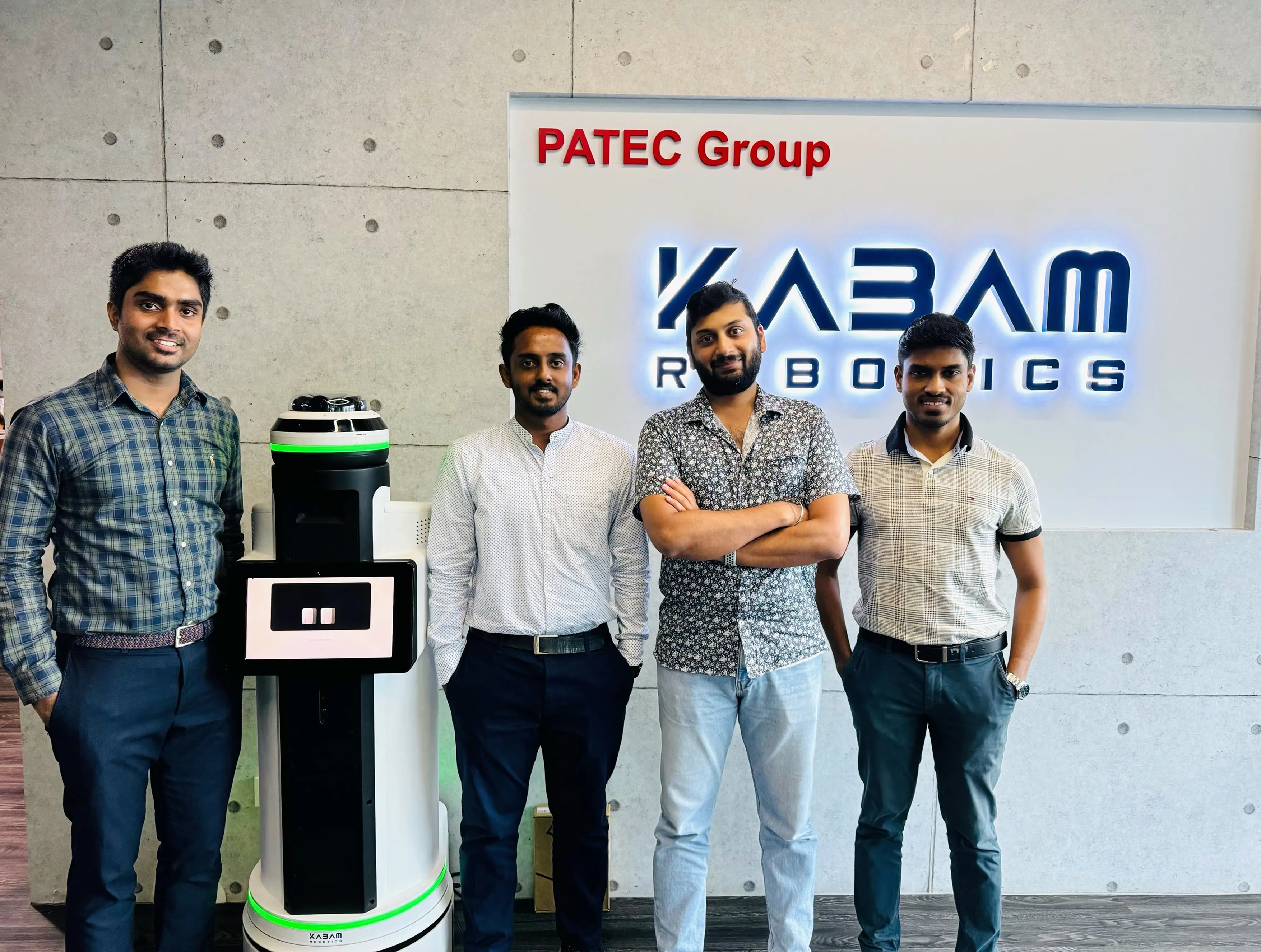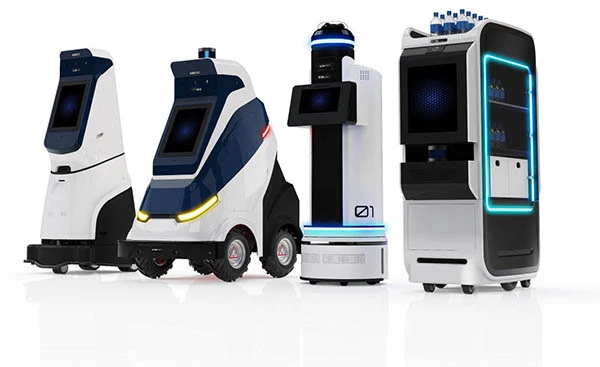
KABAM Robotics, a Singapore-based company, is advancing the field of humanoid robots and automation for commercial and industrial environments. Their robots are designed to operate in complex spaces such as shopping malls, hospitals, and office buildings, where precise navigation and reliable functionality are critical.
While KABAM had already mastered the hardware, they saw the need to extend these capabilities with a software layer that would make navigation intuitive and human-friendly. The goal was to enable operators to instruct robots to move between precise locations effortlessly, turning advanced robotic functionality into something simple and accessible.

The challenge was to design and deliver a user application that combined ease of use, deep OS integration, and enterprise-grade reliability. Operators without technical expertise needed to be able to send navigation commands in just a few taps, while the system itself had to handle the complexity of real-world environments.
The solution also had to integrate seamlessly with KABAM’s custom humanoid robot OS, ensuring stability in dynamic public and industrial contexts. To add to the complexity, the entire engagement had to be executed through remote collaboration, with development, testing, and deployment managed across borders while staying fully aligned with KABAM’s engineering standards.

We designed the user experience flow with non-technical operators in mind. Every interaction was simplified so that sending a location-based command to a humanoid robot felt as natural as using a mobile app. This reduced barriers to adoption while preserving the sophistication of the robot’s underlying capabilities.
Our engineers ensured that the application integrated natively with the KABAM humanoid robot OS, making it stable, responsive, and ready for enterprise deployment. The platform underwent rigorous validation cycles, including functional, performance, and regression testing, to guarantee that robots could consistently execute commands in environments where trust and precision are vital.
Collaboration was a cornerstone of the project. Operating as a fully remote team, we worked closely with KABAM’s robotics engineers through agile sprints, continuous communication, and iterative feedback. This model ensured alignment across technical and operational goals while accelerating delivery timelines.
We designed the user experience flow with non-technical operators in mind. Every interaction was simplified so that sending a location-based command to a humanoid robot felt as natural as using a mobile app. This reduced barriers to adoption while preserving the sophistication of the robot’s underlying capabilities.
Our engineers ensured that the application integrated natively with the KABAM humanoid robot OS, making it stable, responsive, and ready for enterprise deployment. The platform underwent rigorous validation cycles, including functional, performance, and regression testing, to guarantee that robots could consistently execute commands in environments where trust and precision are vital.
Collaboration was a cornerstone of the project. Operating as a fully remote team, we worked closely with KABAM’s robotics engineers through agile sprints, continuous communication, and iterative feedback. This model ensured alignment across technical and operational goals while accelerating delivery timelines.
The Path Finder app has enhanced the way humanoid robots are operated in real-world environments. Operators can now issue location-based commands with confidence, enabling robots to navigate seamlessly across malls, hospitals, and offices. By transforming complex robotic functions into intuitive controls, the application has elevated both usability and adoption.
For KABAM, the addition of this robust software layer has strengthened their product offering and improved their competitive edge in the robotics market. The platform’s reliability and user-centered design have established trust with enterprise clients, while its integration with the custom robot OS ensures readiness for future applications.
Most importantly, the project has laid the foundation for scaling into next-generation robotics solutions, where navigation, automation, and human-centered design will converge to unlock even greater possibilities in humanoid robotics.
The Path Finder app has enhanced the way humanoid robots are operated in real-world environments. Operators can now issue location-based commands with confidence, enabling robots to navigate seamlessly across malls, hospitals, and offices. By transforming complex robotic functions into intuitive controls, the application has elevated both usability and adoption.
For KABAM, the addition of this robust software layer has strengthened their product offering and improved their competitive edge in the robotics market. The platform’s reliability and user-centered design have established trust with enterprise clients, while its integration with the custom robot OS ensures readiness for future applications.
Most importantly, the project has laid the foundation for scaling into next-generation robotics solutions, where navigation, automation, and human-centered design will converge to unlock even greater possibilities in humanoid robotics.